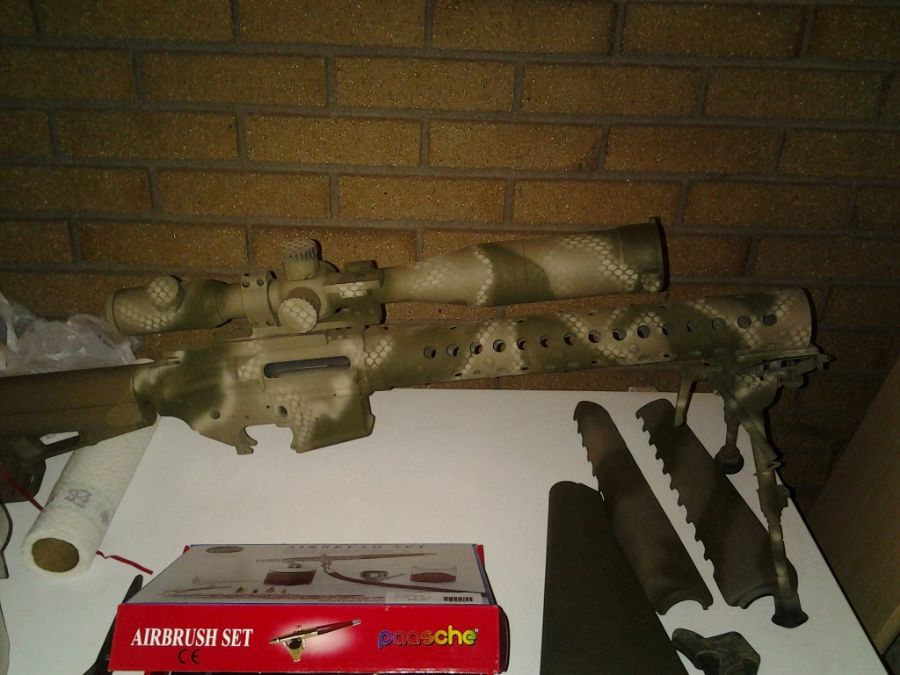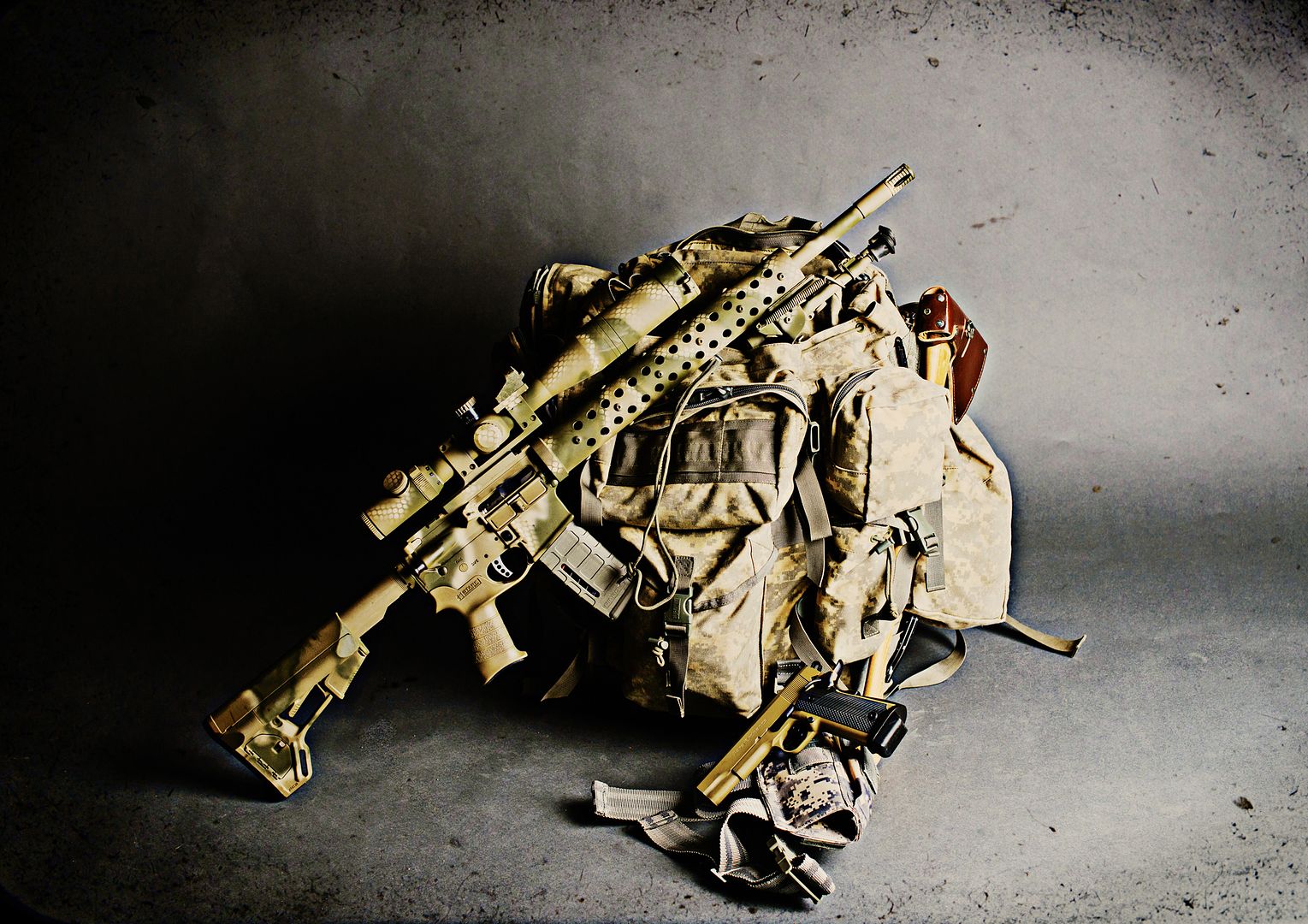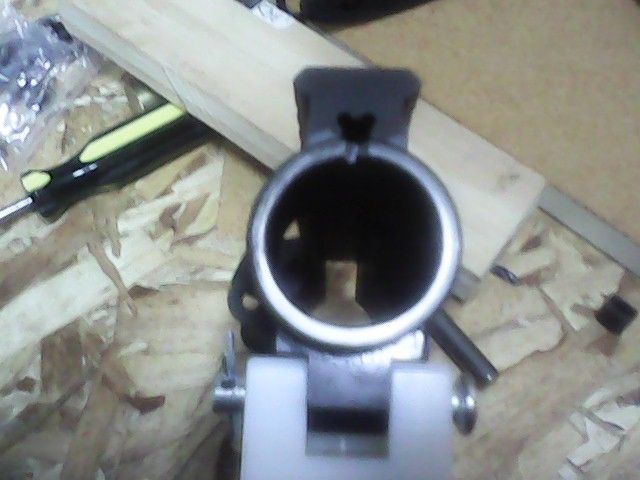Originally posted by customcutter
View Post
Longevity, Accuracy Tips for the AR15
Collapse
X
-
Yes, but where's the fun in that, when you can turn bar stock into scrap? (No offense, CC. You said you're learning as you go, and I assume that "scrap" is one of the stages of learning.).Originally posted by explorecaves View PostAlternately, you could buy one for $23.50… http://www.midwayusa.com/product/810...-15?cm_vc=S014If it's true that we are here to help others, then what exactly are the others here for?
Comment
-
-
so when he runs out of bar stock making scrap he at least has the link to go buy it?Originally posted by NugginFutz View PostYes, but where's the fun in that, when you can turn bar stock into scrap? (No offense, CC. You said you're learning as you go, and I assume that "scrap" is one of the stages of learning.).
Comment
-
-
NF, no offense taken. I've been playing with one for 5-10 years. I've learned how to turn threads. Actually making my own swage dies for .224, that little project is teaching me a lot. You'd be suprised how easy it is to mess up turning a 1" OD 5" long. Easy to make tapers, or rough finishes because of dull tools or wrong tool, speed, etc. That's why I say I'm not a machinist.
EC, I'm just to cheap to pay $25-30 for the tool, I'd rather buy a $7,000 lathe and make it myself. (Of course I bought it used for considerably less.). Also, it's not scrap until you can't try to make something else with it.
Comment
-
-
Originally posted by customcutter View PostNF, no offense taken. I've been playing with one for 5-10 years. I've learned how to turn threads. Actually making my own swage dies for .224, that little project is teaching me a lot. You'd be suprised how easy it is to mess up turning a 1" OD 5" long. Easy to make tapers, or rough finishes because of dull tools or wrong tool, speed, etc. That's why I say I'm not a machinist.
EC, I'm just to cheap to pay $25-30 for the tool, I'd rather buy a $7,000 lathe and make it myself. (Of course I bought it used for considerably less.). Also, it's not scrap until you can't try to make something else with it.
Comment
-
-
I was looking for a shaft to turn down, and found one. It was a shaft from one of the deck bearing assemblies on my commercial mowers. It was .9965 on both ends with a .125 shoulder for total diameter of 1.25 and 5" from the shoulder to the end. Deburred it and slid it in. Rotated the shaft while rotating the upper with a strong light in the background. Everything is square on my CMT upper, so I'm good to go.:-)
Comment
-
-
Another quick build question. Planning on cerakoting the entire rifle. Is it better to have that done first, and then assemble, or assemble, true/modify everything, and then assemble? I'm thinking i would assemble everything and put a few rounds down range to make sure it is running/shooting like i want, and then disassemble and have it sprayed. This make sense? Does it make a difference?
Comment
-
-
The Cerakote applicator will need your rifle completely dissembled before he applies cerakote. He will then soak your parts and completely De-grease it. It would be a good idea to make sure your uppers fit , your gas port works with your gas block, and all of your parts that will be cerakoted function before you have them coated. After you have it cerakoted make sure everything still functions and there wasn't any heavy coated areas like the mag well, which can prevent easy insertion and removal of mags.Originally posted by keystone183 View PostAnother quick build question. Planning on cerakoting the entire rifle. Is it better to have that done first, and then assemble, or assemble, true/modify everything, and then assemble? I'm thinking i would assemble everything and put a few rounds down range to make sure it is running/shooting like i want, and then disassemble and have it sprayed. This make sense? Does it make a difference?
Comment
-
-
Last edited by Guest; 01-27-2014, 02:32 AM.
Comment
-
-
Im also interested in hearing the answer to this. Im wanting to get into Duracoat and Cerakote. Im guessing the best thing to do is brake it all down, clean, blast if needed, clean agian. Then either coat and assemble, or assemble and coat for the pattern look you want? Im thinking assemble then coat to get the matching parts look like LRRP did. That thing looks great!Originally posted by montana View PostThe Cerakote applicator will need your rifle completely dissembled before he applies cerakote. He will then soak your parts and completely De-grease it. It would be a good idea to make sure your uppers fit , your gas port works with your gas block, and all of your parts that will be cerakoted function before you have them coated. After you have it cerakoted make sure everything still functions and there wasn't any heavy coated areas like the mag well, which can prevent easy insertion and removal of mags.
Comment
-
-
I do an aggressive de-grease on the stripped parts, including out-gassing if necessary. Some smiths use acid baths, which is quick, effective, but requires a shop set up for heated acid tanks.
Duracoat is basically garage floor paint with a hardener, and doesn't hold up compared to Cerakote, so I don't use it.
If I'm doing a pattern, I do a base color on all the stripped parts, then bake them individually to get coverage of all the nooks and crannies. Then I assemble them and start with the pattern. That 2nd layer needs time to air cure somewhat so that when slightly handled, it won't smudge. You don't want to bake an upper and lower together with Cerakote across the seams, as it will act like cement.




Comment
-
-
I agree with '52'. Duracoat and Ceracoat are two very different animals. I use a fair bit of Duracoat and am constantly having to touch-up the corners where it wears off. Duracoat is a two-pack 12:1 paint with hardener. Ceracoat is a baked enamel for a tougher finish.
With Duracoat as long as you have a non-shiny anodized base there is no immediate issue when it starts to wear off, and it will. The other point is you have to have a clean surface to start with and let it set properly before it touches any other surface like a gun bag. 24hours minimum and longer during Winter.
Comment
-
-
Last edited by cory; 01-27-2014, 10:54 PM."Those who sacrifice liberty for security, deserve neither." Benjamin Franklin
Comment
-


Comment